It can connect any two points in the continental U.S. without refueling.
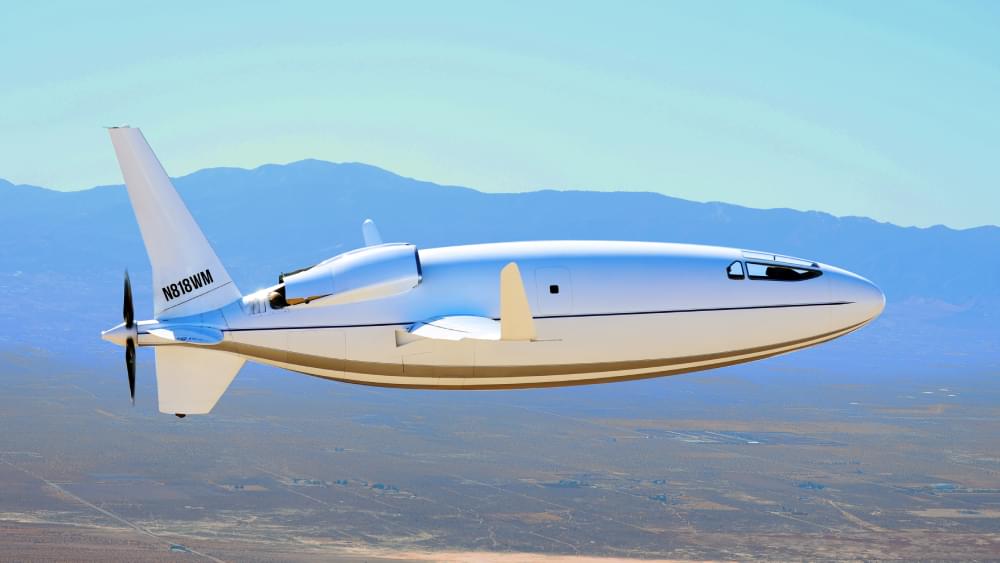

Created from five shipping containers, Debbie Glassberg’s home, constructed with the help of BNIM, is a dreamy, two-story residence that looks nothing like the containers it began life as. With two bedrooms, three bathrooms, a garden, and a patio, the home is obviously on the bigger side, but it’s such a luxurious and beautiful space that it truly deserves a tour.
Glassberg, an industrial designer who works for Mattel, wanted to create a sustainable, energy-efficient, affordable, and gorgeous home, so using shipping containers was the right idea. The planet-friendly home uses features like geothermal heating and plant foam insulation to lessen its carbon footprint. The home is drenched in color, and each room has its own feel, creating a stylish, chic setting for everyday life. From the moment you enter the home, it’s evident that someone who knows about style lives here.
The new zinc batteries are made up of electrodes that are screen-printed onto both sides of a sheet of hydrogel-reinforced cellulose paper. A layer of gold thin foil is coated on the electrodes to increase the conductivity of the battery. The battery is about 0.4mm thick, which is roughly the thickness of two strands of human hair.
Impressively, once the battery has reached the end of its lifespan, it can be buried in soil, where it will break down completely within a month.
The NTU researchers, who outlined their findings in the journal Advanced Science 0, demonstrated how a 1.5 in x 1.5 in (4 cm x 4 cm) square printed paper battery could power a small electric fan for up to 45 minutes. The researchers emphasized the fact that bending the battery did not interrupt the supply of power to the fan.
Having completed sea trials, it will now have its combat system activated.
Back in December of 2017, we brought you news of the U.S. Navy’s stealth destroyer the U.S.S. Monsoor breaking down during sea trails. At the time, we asked the question if this event would spell the end for Zumwalt-class destroyers?
It seems the Zumwalts are alive and well with the U.S. Navy’s third and final Zumwalt-class ship, the U.S.S. Lyndon B. Johnson, recently completing basic sea trials, according to 1945. This means that the massive ship will now have its combat system activated.
Zumwalt-class destroyers are top-of-the-range warships with advanced electrical generation systems. These systems power the ship’s engines, electronics, weapons, and propulsion systems.
Each Zumwalt-class destroyer comes with an Integrated Power System. These generate up to 80 megawatts of power and have been included with the expectation that the ships will be equipped with a new generation of power-hungry weapons such as electromagnetic railguns and perhaps even lasers.
Full Story:
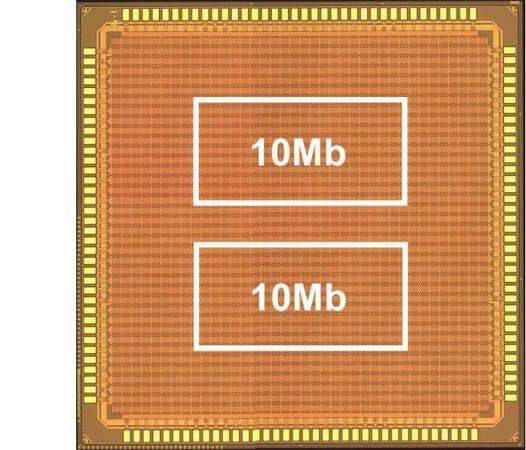
Semiconductor specialist Renesas has announced two new technologies designed to dramatically improve the efficiency of embedded devices built for the Internet of Things — by reducing the power required to write into RAM.
“With the accelerated spread of IoT technology in recent years, there has been strong demand for reduced power consumption in microcontroller units (MCUs) used in endpoint devices,” the company claims in its technology announcement. “MRAM requires less energy for write operations than flash memory, and is thus particularly well suited for applications with frequent data updates.”
“However, as demand for data processing capability surges for MCUs, the need to ameliorate the trade off between performance and power consumption increases. Therefore, further power consumption reduction remains a pressing issue.”
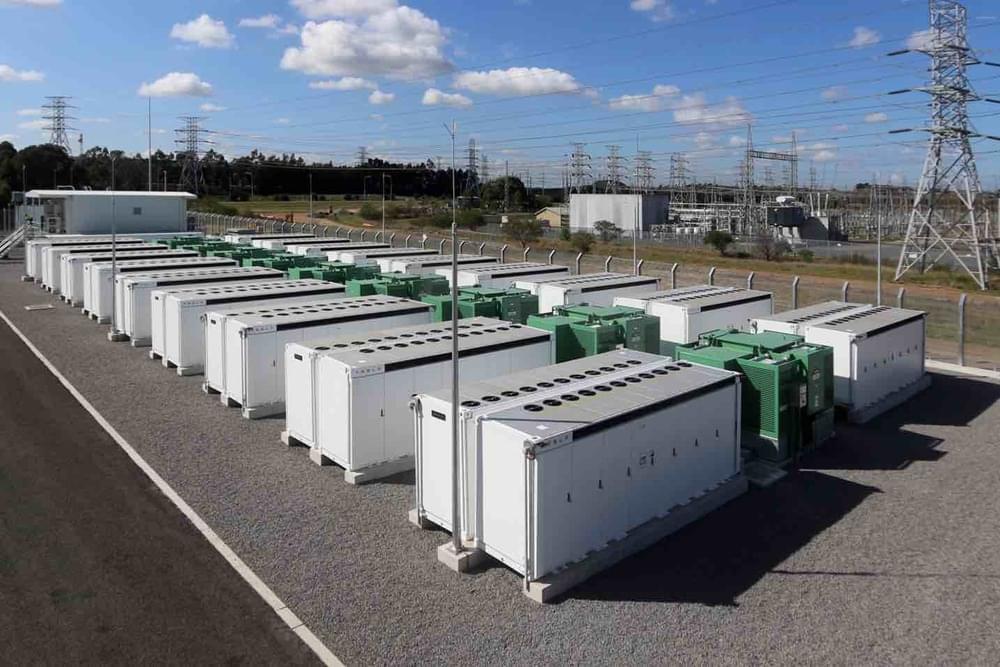
Greenspot lodges development application for Wallerawang battery, and it hopes to have the first stage in operation in just two years.
Privately owned NSW development company Greenspot says it has lodged a development application for a huge 500MW, 1000MWh big battery at the site of the closed Wallerawang coal fired power station near Lithgow, and hopes to bring it into service within two years.
The development application to the state government comes just weeks after the last chimney stacks of the closed coal generator were brought down. The battery will be called the “Wallerawang 9 Battery,” to acknowledge the legacy of units 7 and 8, which were the last coal fired units at the power station.
“The lodgement of the development application for the Wallerawang 9 Battery is an important early marker in repurposing the site for the next chapter of success”, Greenspot CEO Brett Hawkins said in a statement.

Circa 2009 real teleportation not just in the quantum realm.
Ground-state entanglement induces emergence of negative-energy-density regions in quantum systems by squeezing zero-point oscillation, keeping total energy of the systems nonnegative. By use of the negativity of quantum energy density, protocols of quantum energy teleportation are proposed that transport energy to distant sites by local operations and classical communication. The energy is teleported without breaking any physical laws including causality and local energy conservation. Because intermediate subsystems of the energy transfer channel are not excited during the protocol execution, the protocol attains energy transportation without heat generation in the channel. We discuss the protocol focusing around qubit chains. In addition, we address a related problem of breaking ground-state entanglement by measurements.

A flurry of upgrades is on the horizon.
The conference version of the National Defense Authorization Act of 2022 shows that the U.S. Congress wants new engines to be installed in the current and future F-35 aircraft starting from 2027, Air Force Magazine reported.
We had earlier reported that the U.S. military would be required to look into re-engining its F-35s towards the end of this decade. The F-16s and A-10C Thunderbolts are close to the end of their lifetimes which means that the bulk of the workload for the U.S. military will fall on F-35s’ shoulders. Under the Adaptive Engine Transition Program (AETP), the U.S. Air Force has already begun work to develop engines that can deliver more power or range as required.
According to the Air Force Magazine, Congress has sought details of the acquisition strategy and fiscal considerations that the Air Force will apply in its plan to re-engine its F-35As. We had reported that the development cost of the AETP is likely going to be too high for the Air Force to bear alone. However, the U.S. Navy uses a different configuration of the F-35s, where the AETP cannot be deployed in its present form.
Full Story:
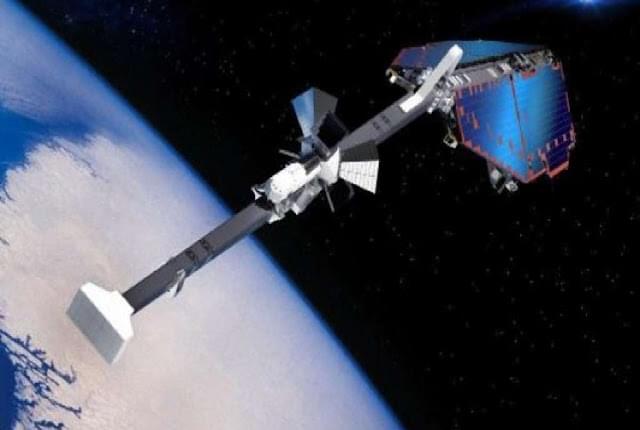
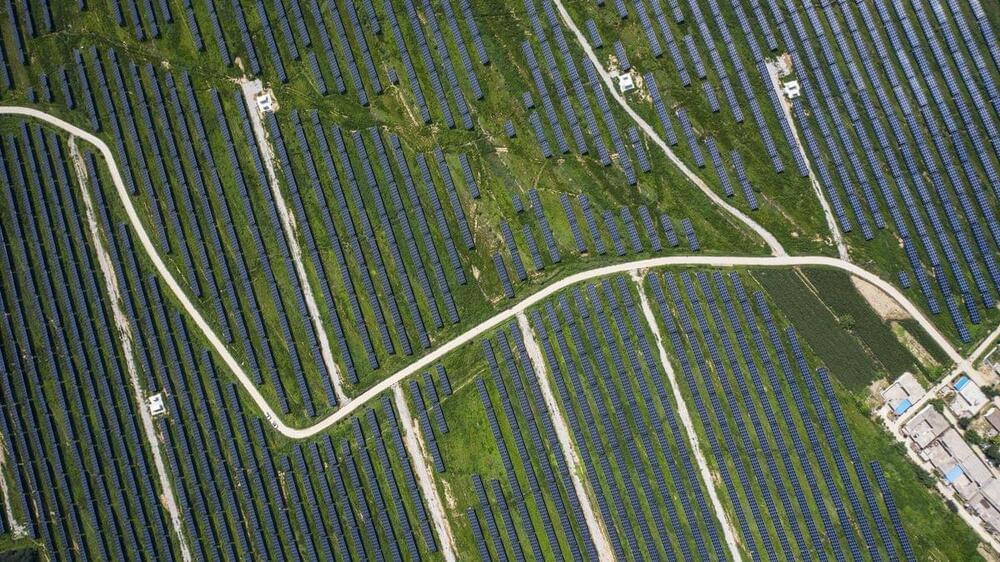
Chinese companies spent 10 years aggressively maneuvering to become the dominant players in solar power. Now they’re seeking to lead the way in developing the next big thing in clean energy: hydrogen.
Top solar manufacturers including Longi Green Energy Technology Co. are ramping up the production of electrolyzers, the equipment needed to make green hydrogen, the cleanest form of the fuel. They are accelerating investments on a bet that a market will boom as industries and consumers switch to lower-carbon fuels.